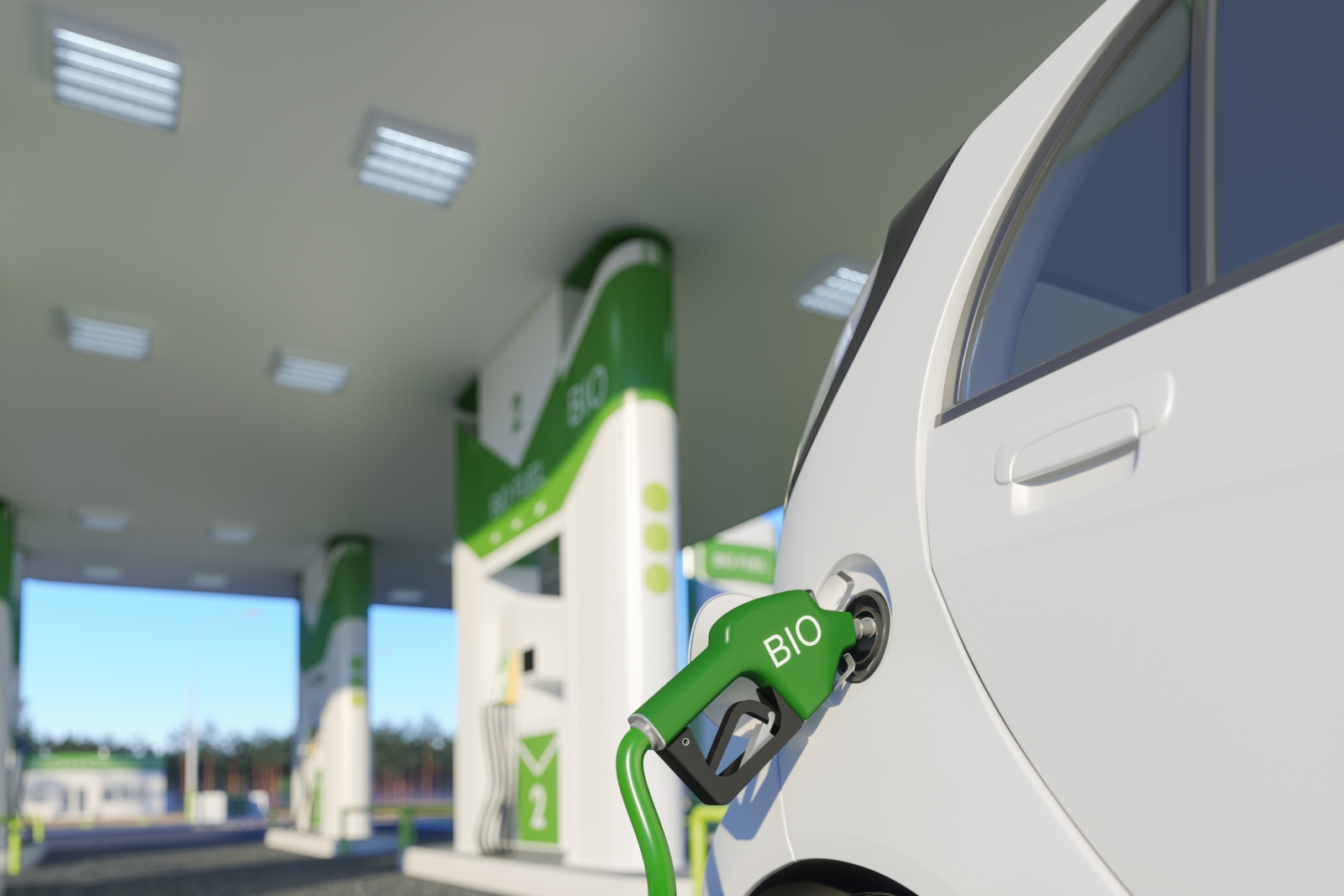
Bioenergy is the largest renewable energy source globally. (Photo: iStock)
Compared to wind and solar, bioenergy receives relatively little attention but is the largest renewable energy source globally, serving as fuel, heat, electricity, and even integrating with carbon capture technologies. Here’s a foundational look at bioenergy’s role and potential.
Why is bioenergy important?
According to the International Energy Agency (IEA), bioenergy, which comes from organic plant materials known as biomass, is the largest renewable energy source, accounting for 55% of renewable energy and over 6% of global energy supply.
Bioenergy is considered low-carbon because the carbon released during combustion is the same carbon absorbed by plants through photosynthesis, creating a near-neutral carbon balance. Replacing fossil fuels with bioenergy could significantly reduce greenhouse gas emissions.
Unlike wind and solar, which are intermittent, bioenergy offers greater adaptability to environmental changes. RECCESSARY’s research indicates that many companies aiming for 100% renewable energy (RE100) maintain stability by incorporating 10-15% bioenergy due to its reliability.
Defining bioenergy: Different standards around the world
Bioenergy is widely recognized as renewable, but definitions differ internationally. The IEA categorizes traditional bioenergy—such as directly burning wood or animal waste on open flames or basic stoves—as unsustainable, highlighting the health and environmental risks, particularly in developing nations.
Instead, modern bioenergy, such as liquid biofuels from sugarcane bagasse, biogas from anaerobic digestion, and wood pellets, is considered more sustainable and plays a crucial role in energy needs, contributing five times more to industry than wind and solar combined.
In contrast, Taiwan adopts a broader definition. According to Taiwan’s Renewable Energy Development Act, bioenergy includes energy directly obtained from unprocessed biomass like organic waste, which is also counted as renewable.
Categories and applications of bioenergy
Bioenergy applications are split into three types: gaseous, solid, and liquid. In Taiwan, direct use bioenergy involves burning biomass to generate heat, electricity, and kinetic energy.
Another type involves a conversion process divided into four parts: raw material, conversion method, energy carrier, and energy application. Raw materials include corn, sugarcane, algae, and bacteria, with additional methods like thermal conversion (combustion, pyrolysis, gasification), biological conversion (anaerobic digestion), physical conversion (crushing, pelletizing, sorting, drying, oil pressing), and chemical conversion (extraction, esterification, transesterification).
Energy carriers can take gaseous, liquid, or solid forms. Examples include:
- Gaseous bioenergy: Biogas derived from animal waste, organic sludge, and kitchen waste, as well as biogas from wastewater and landfill anaerobic digestion, all suitable for power generation.
- Liquid bioenergy: Bio-oil and used cooking oil are converted into biodiesel for low-carbon fuel in steam boilers and sustainable aviation fuel (SAF). Additionally, black liquor from paper manufacturing can generate steam and electricity through cogeneration.
- Solid bioenergy: Wood pellets and wood chips are used in small to medium boilers, while combustible materials from municipal waste are processed into solid recovered fuel (SRF) to replace coal in boilers and power plants, though SRF faces criticism for encouraging waste generation.
Bioenergy’s role in decarbonizing manufacturing and transport
The IEA emphasizes that “heat” is crucial for manufacturing, and bioenergy can provide industrial-grade heat through combustion, torrefaction, liquefaction, and gasification. Bioenergy can meet the demands of industrial heat, with 70% of the demand occurring above 150°C, a range where many bioenergy solutions excel.
However, the costs of biomass and the required pretreatment vary significantly by location, which necessitates evaluating its economic viability. For example, large manufacturing industries like steel and cement have substantial heat energy demands that bioenergy alone cannot fully meet without integrating Bioenergy with Carbon Capture and Storage (BECCS) to reduce emissions. In contrast, small to medium-sized industries, such as food, wood, and paper manufacturing, have comparatively lower energy needs and are therefore well-suited to using bioenergy.
Figure 1. 74% of industrial energy demand consists of heat energy. (Photo: IEA)
In transportation, bioenergy is pivotal for long-haul and heavy-duty sectors. Liquid biofuels have energy densities similar to fossil fuels, making them ideal for marine and aviation use. Compressed or liquefied gaseous biofuels offer even higher energy densities for ships and long-haul trucks.
For aviation, sustainable aviation fuel (SAF) can contain up to 50% biojet fuel, with hundreds of commercial flights already using it, showcasing its technological maturity.
For large seagoing vessels, engines can use biofuels like biomethane or biomethanol without modification. Long-haul trucks can operate on biodiesel or hydrotreated vegetable oil (HVO), either blended with conventional fuels or as a complete replacement.
The IEA projects that by 2050, biofuels will fulfill 16% of transport energy needs, with 21% for shipping and 45% for aviation. As electric vehicles replace gasoline cars, biofuels will shift focus to marine and air transport, aiding high-emission sectors in decarbonizing.
As technology advances, bioenergy applications are diversifying, and combining bioenergy with carbon capture (BECCS) could open new markets by providing renewable energy while removing carbon. However, bioenergy relies on natural resources, potentially leading to competition for food and land. Using waste as a bioenergy source may release toxins, introducing environmental challenges.
Sources: IEA, NREL, Energy Education Resources Center, Taiwan Power Company, Witology Market Trend Research Institute, Green Impact


